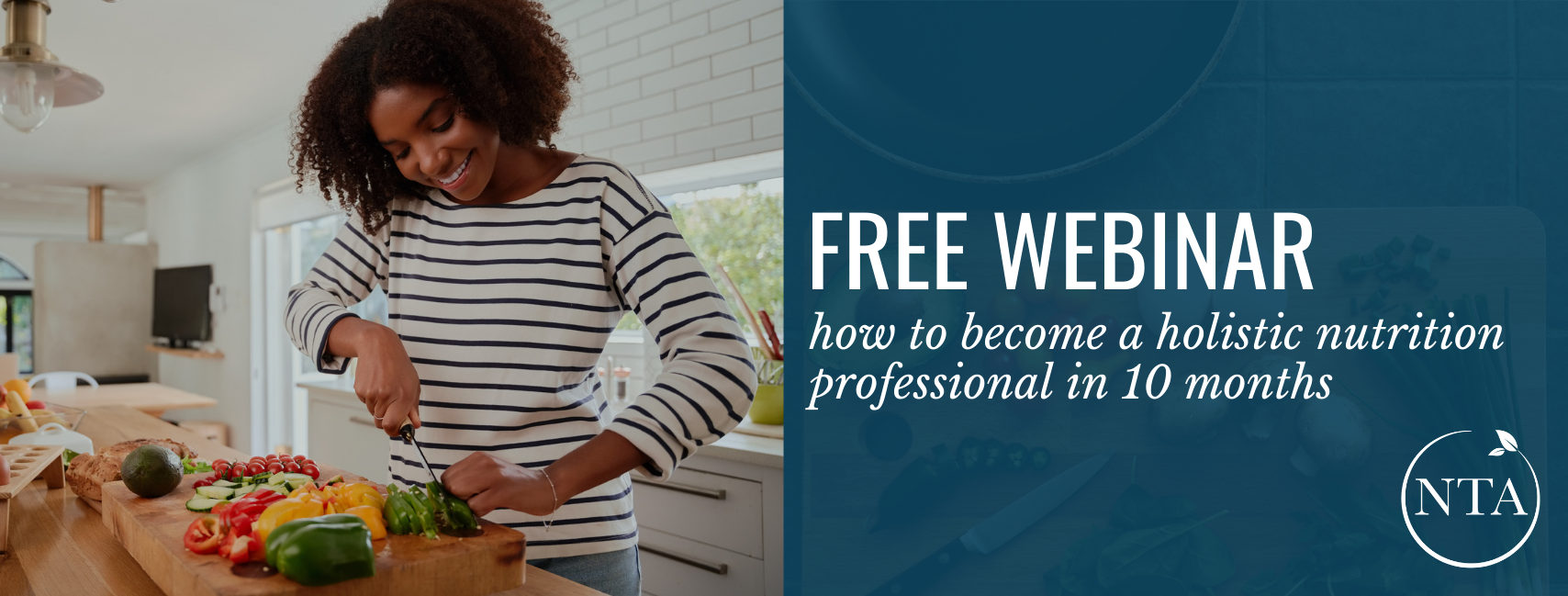Blog
The Uses and Benefits of Burdock Root
It’s wintertime and as I look out my window, there are no green leafy things right now. It’s raining and the sky is gray, which for this sunshine-loving girl is not an easy time of year. At first I feel a little bit sad, but then I think of all of those roots reaching deep down into the earth, gathering their energy and getting ready for the spring. It reminds me that it is a great time to be harvesting those wonderful roots. And of course being an NTP, food also comes into play. So what is all at once an herb, a root, and a food? How about Arctium Lappa, known as Burdock or Gobo in the Asian markets? Below is a monograph on the wonderful root burdock.
BURDOCK
COMMON NAMES: burdock, great burdock, burrs, beggar’s buttons, hardock, gobo, happy major, snake rhubarb, lappa, filzklette (German), bardana (Spanish), lappolone (Italian). The word lappa comes for the Greek word meaning to hold fast, arktos comes from the Greek word for bear.
BOTANICAL NAME: Arctium lappa & minus
FAMILY: Compositae (sunflower, asteracea)
BOTANICAL DESCRIPTION: Biennial with massive leaves and a very deep taproot
HABITAT: Burdock grows world wide, it was believed to have originated in Europe & Asia.
CULTIVATION: Seeds germinate in 1-2 weeks; the warmer the soil the quicker it grows. It works well to direct seed. You can plant closely together, as close as one every 4 inches. This encourages long straight taproots. Rows should be planted 2-3 feet apart. Burdock grows well in poor soil and actually helps to aerate compacted soils by means of the deep tap root, which, if allowed to break down in the soil, will provide nutrients to the lower soil zones. Sow the seed in early spring for a mid to late summer harvest.
HARVEST & PARTS USED: The roots are ready to harvest after 2-4 months. The average root size for cultivated arctium lappa is an average of 1/2 pound each. For the longest roots possible (not necessarily the best tasting) wait to harvest until the tops die back in the fall. These roots can weigh up to 2 pounds. Unless the soil is a deep sandy loam, harvesting will be a bit of a chore getting the entire whole root out in one piece. The best way is to trench, being careful not to break them. Also be careful not to break the spade (this is when you are very glad that you planted them close together). The root, herb and seed is used. The fresh root will keep in the refrigerator for several weeks.
DOSAGE: Fresh root 1:2, dry root 1:5 in 60% alcohol, 30-90 drops 3x per day. Seed 1:5 in 60% alcohol, 10-25 drops. Tea 1/2 to 1 cup per day of dry root decoction. Brandy is the best for bringing out the sweet bitter flavor of burdock.
CONSTITUENTS: fatty acids, organic acids, phenolic acids, lignans, sesquiterpenes, tannin, mucilage, insulin, iron, sulfur, beta-carotenes, and vitamins B and C. Flavonoid glycosides, bitter glycosides, nitrogen, ash, potassium, calcium, sodium, magnesium, sulfur, phosphorus, silicon.
ACTIONS & THERAPEUTIC USES: One of the most powerful and reliable blood tonics of herbalism. In general, burdock will move the body into a state of integration and health.
- The root has antibiotic action against staphylococcus.
- Adaptogen, alterative, antifungal, hepatic, lymphatic, diaphoretic, diuretic, laxative, hypoglycemic, bitter, and diuretic.
- Used to help with arthritis, gout, rheumatism, boils, sties, seborrhea, cystitis, anemia, and anorexia nervosa.
- The insulin present in the root helps to lower blood sugar, which is valuable in diabetes and hypoglycemia.
- Useful for skin diseases – especially psoriasis, acne, and eczema.
- To reduce cholesterol level.
- Good to use when fasting for longer than three days; it helps to maintain peristalsis and prevent blood acidity and ketosis, which usually accompanies over-ambitious fasting. Stimulates the digestive juices and will aid in digestion and appetite.
- For measles. It was used as an alterative to clean the liver and kidneys, ridding the system of toxic waste materials. Boil 25-30 grams of fresh root in 1/2 liter of water. Strain and add honey. Give 1 teaspoonfull every 5 minutes; within a few hours the eruption should be completed. Keep the child warm and resting for 3-4 more days.
- A poultice or fomentation of the leaves (and or root) can be used for boils and abscesses.
- The leaf was used for sprains and bruises.
- Some studies (Germany 1967 & Japan 1986) showed that the polyacetylenes, especially in the fresh root, have an antibiotic effect.
- The seeds have the capacity to stimulate metabolism and digestion, promoting waste removal and moving waste products through the sweat pores, urine and stools.
- The seed has been used for kidney stones (the seeds look a little like a kidney stone).
- To relax the body and improve elasticity of the skin, drink a decoction of the seeds.
- Burdock is especially suited to old, chronic cases where there is a lack of vigor and momentum. For the person being caught in a slow, downward drag of chronic disease, burdock helps the body remember what it is like to be healthy. Burdock is one of the main ingredients in a renowned cancer formula called Essiac.
CAUTIONS & CONTRAINDICATIONS: None that I could find.
BURDOCK WITH MISO & LEMON PEEL
INGREDIENTS
- 2 tablespoons sesame oil
- 3-6 tablespoons water
- 2 ½ cups thin rounds fresh burdock root
- 3 tablespoons white sesame seeds, toasted
- 1 teaspoon minced lemonpeel
- 1-2 tablespoons miso paste
METHOD
- Heat a heavy skillet and coat with oil.
- Sauté burdock rounds until their strong aroma is no longer released.
- Add water to cover, bring to a boil, and cover pan. Cook until tender, adding water occasionally if necessary.
- Thin miso in 3-6 tablespoons water and add to pan when burdock is ready. Simmer, stirring over very low heat, until all liquid has evaporated.
- Add sesame seeds and lemon peel; sauté 1-2 minutes more.
Serve with steamed greens such as spinach, collards, kale, or nettles.
BURDOCK KIMPIRA
INGREDIENTS
- 1 ½ tablespoons sesame oil
- 1 cup each burdock root and carrots, cut into thin matchsticks
- Dash of sea salt
- 2 tablespoons shoyu ortamari
METHOD
- Heat a heavy skillet and coat with sesame oil.
- Add the burdock sticks, which should sizzle softly as soon as they touch the surface of the pan. Sauté over medium heat until they no longer release their strong aroma, stirring constantly.
- Add the carrots and sauté for 1 or 2 minutes longer, then add enough water to cover the bottom of the pan. Cover pan, reduce heat, and simmer 25-30 minutes, or until vegetables are tender, adding water occasionally if necessary.
- Season to taste with salt.
Serves 4
Join us for a Live Webinar with one of our Instructors and Admissions Advisors!
During this call, you’ll explore and learn:
- How to create a rewarding career in holistic nutrition that will give you the confidence and competence to replace your full-time income (whether you’re new to nutrition or or using it to enhance your current services)
- How our unmatched education and instructor support sets our NTP program apart from other nutrition programs
- How graduates are successfully using their education and the many career opportunities available to you
- If the NTP program is the right fit for you and how to move forward in financing your education


